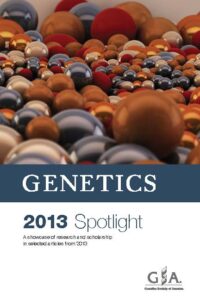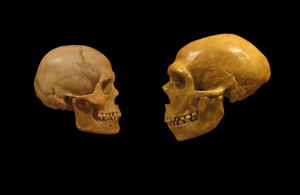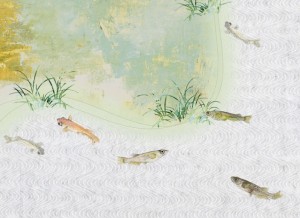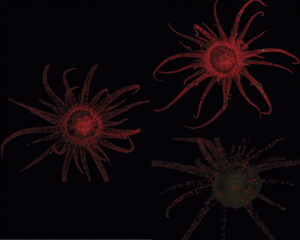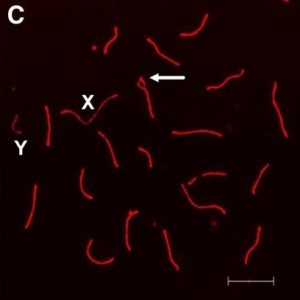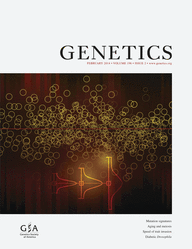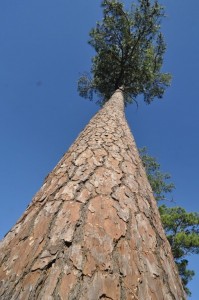Enter your address to receive notifications about new posts to your email.
Science & Publishing
-
Science & Publishing
GSA Journals Spotlight 2013
The GSA Journals, GENETICS and G3: Genes|Genomes|Genetics, are proud to present our annual Spotlight booklets for research published in 2013. Each Spotlight is a showcase of the excellent research and scholarship published over the course of the year, along with a selection of striking images submitted by our authors. Browse the 2013 GENETICS Spotlight. Browse the 2013 G3 Spotlight.
-
Science & Publishing
Neanderthal Relations: Interbreeding or Ancestral Structure?
In Eurasia, humans once had Neanderthals for neighbors. That time of co-existence seems to have left its marks in our genome; non-Africans today share more genetic variants with Neanderthals than Africans do. But does this really mean there was interbreeding between humans and the Hominids next door? Some have previously proposed an alternative explanation for that…
-
Science & Publishing
New Fish on the Block
The medaka, or Japanese rice fish, is a century-old genetic model on the rise again. Long studied by scientists in Japan, it has been rediscovered by the wider research community over the last decade as a flexible tool for vertebrate genetics. Part of the appeal is the medaka’s amenability to inbreeding. In the latest issue…
-
Science & Publishing
Sea Anemone & Friends
Coral reefs around the world are “bleaching”, a threat caused by breakdown of the symbiosis between the coral animals (cnidaria) and the dinoflagellate algae that live within their cells. Yet this crucial symbiotic partnership is poorly understood. To address this knowledge gap, biologists are developing a suite of genomic tools for the sea anemone Aiptasia. This…
-
Science & Publishing
Aging Males and Aneuploidy
Do aging males make poorer quality sperm? Older mothers face a well-established risk of producing eggs with chromosome abnormalities, but it is less clear how age affects meiosis in males. In the February issue of GENETICS, Vrooman et al. investigated chromosome dynamics during spermatogenesis in mice of different ages. They found that meiotic errors increased…
-
Science & Publishing
Old Transposable Elements, New Tricks
Transposable elements don’t proliferate in genomes at a steady pace; they often arrive in bursts. But models of neutral TE evolution assume transposition occurs at a constant rate. That makes it harder to test, for instance, whether low TE allele frequencies in a population are due to negative selection or just a recent transposition burst.…
-
Science & Publishing
Assembling a Colossus
The loblolly pine genome is big. Bloated with retrotransposons and other repetitive sequences, it is seven times larger than the human genome and easily big enough to overwhelm standard genome assembly methods. This forced the loblolly pine genome sequencing team, led by David Neale at the University of California, Davis, to look for ways to…


